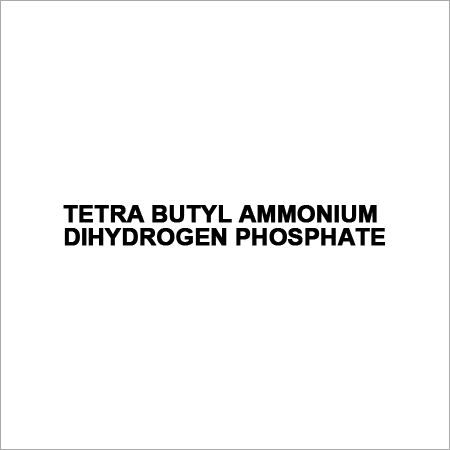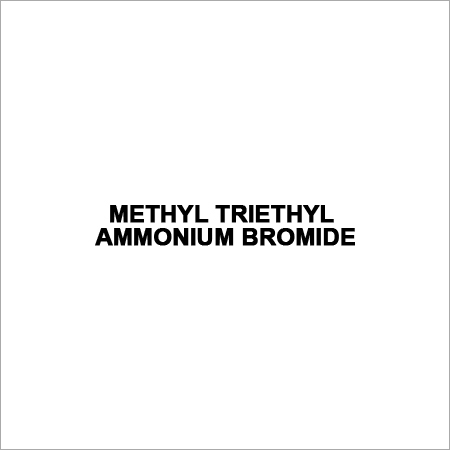Tetra Butyl Ammonium Hexaflurophosphate
Product Details:
Product Description
Four butyl groups, a nitrogen atom, and a hexafluorophosphate anion make up the quaternary ammonium salt known as tetra butyl ammonium hexafluorophosphate (TBAHFP). TBAPF6 is a common abbreviation for it.
In many electrochemical applications, including lithium-ion batteries and electroplating, TBAHFP is frequently employed as an electrolyte. In organic synthesis, it can also be utilised as a phase transfer catalyst, enabling the transfer of a reactant from one phase (such as solid or liquid) to another.
TBAHFP can be utilised as a solvent and an emulsion stabiliser in addition to being employed in electrochemical and organic synthesis applications.
Although TBAHFP is typically regarded as a secure and reliable electrolyte and catalyst, it must be handled carefully because it can be dangerous if swallowed or inhaled in excessive amounts. When working with TBAHFP, proper ventilation, protective gear, and safe handling techniques should always be employed. Additionally, because it is hygroscopic and can collect water from the air, it should be handled and stored away from water and other sources of moisture.

 English
English Spanish
Spanish French
French German
German Italian
Italian Chinese (Simplified)
Chinese (Simplified) Japanese
Japanese Korean
Korean Arabic
Arabic Portuguese
Portuguese







